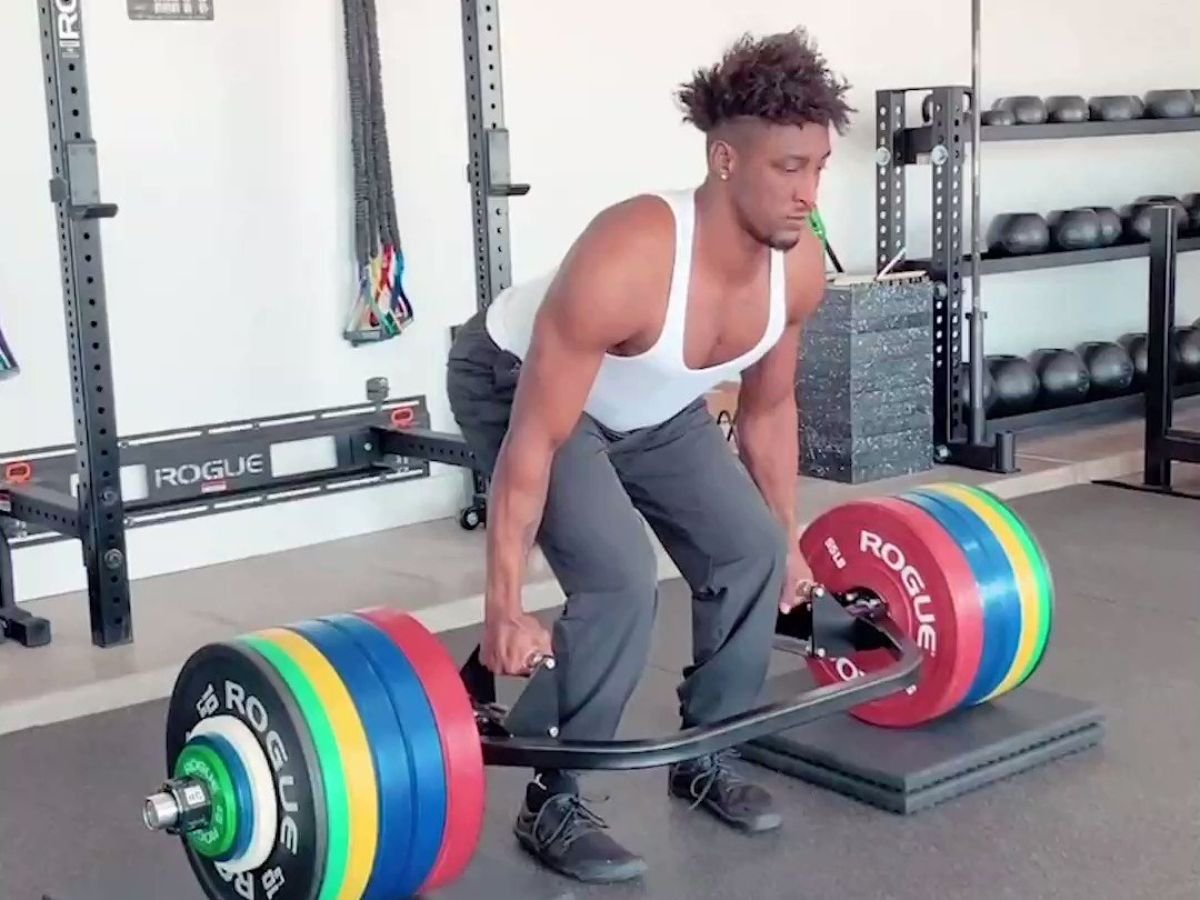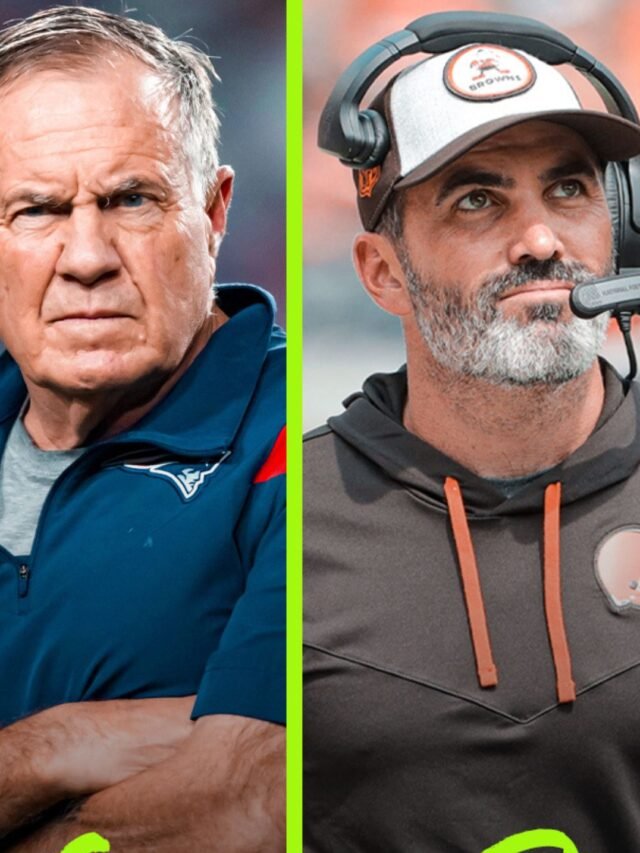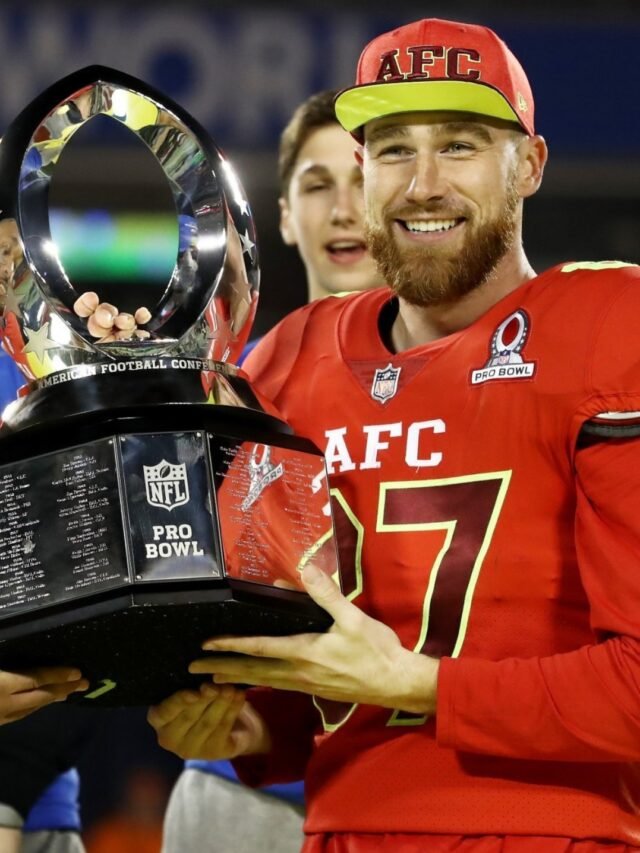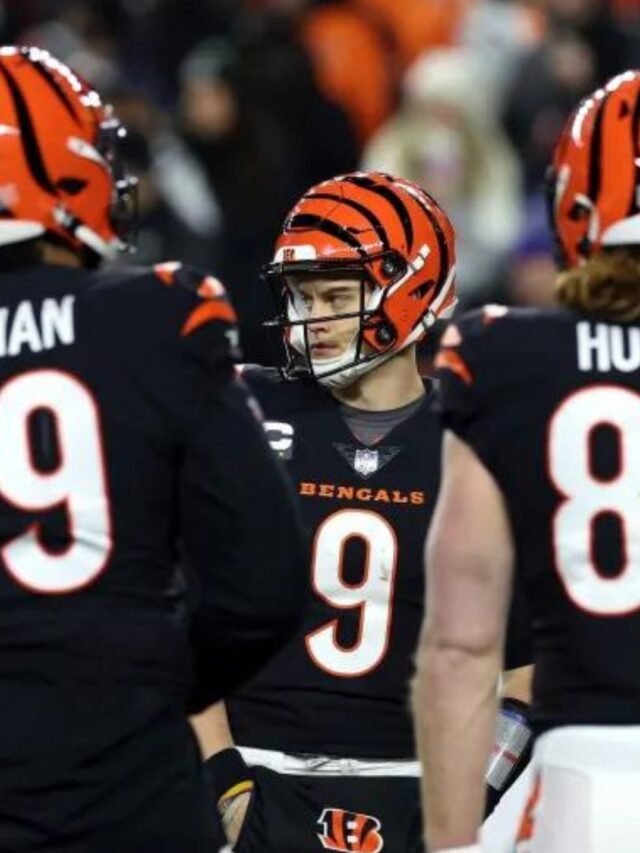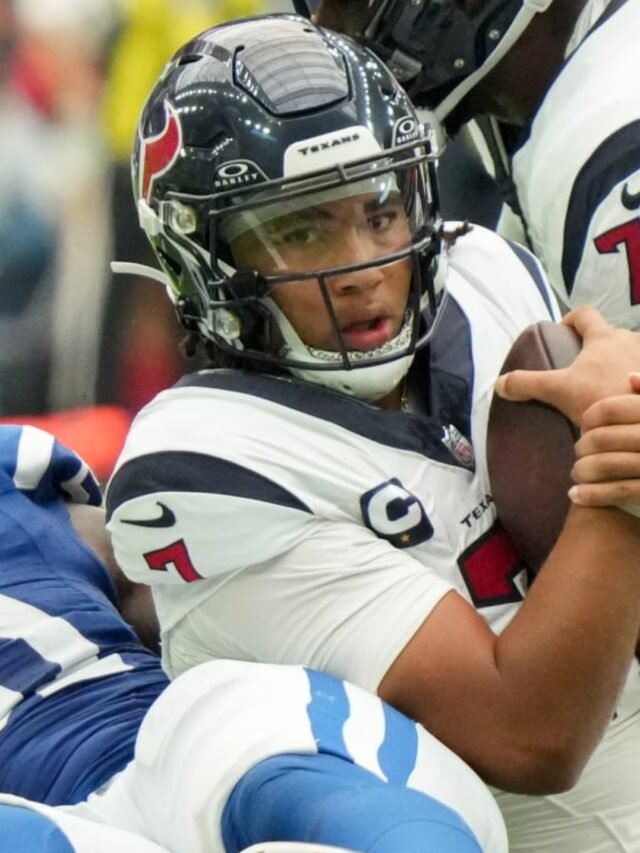Have you ever wondered what it takes for NFL players to stay in top shape? Well, a big part of their secret lies in strength training, and guess what? Deadlifting is a huge part of that. This exercise isn’t just about lifting heavy weights; it’s a game-changer for these athletes. In this article, we’re going to dive into how deadlifting helps NFL players, look at the pros and cons, and even explore some other exercises they use. It’s all about understanding the nitty-gritty of what keeps these players at the peak of their game. Let’s get into it!
Do NFL Players Deadlift?
Yes, NFL players do deadlift as part of their strength training routines. Deadlifting helps them build explosive power, enhance lower-body strength, improve grip strength, and contribute to injury prevention, which are all crucial for their performance in football.
Why NFL Players Deadlift?
Deadlifting is a comprehensive exercise that targets multiple muscle groups, including the lower back, glutes, hamstrings, and core. It’s particularly favored in the NFL for several reasons:
- Building Explosive Power: One of the most significant benefits of deadlifting for NFL players is the development of explosive power. This type of power is crucial in football, where players need to generate force rapidly, whether it’s for sprinting, jumping, or tackling. Deadlifts train the body to activate a large number of muscle fibers quickly, which translates to better performance during high-intensity moments on the field.
- Enhancing Lower-Body Strength: Deadlifts are exceptionally effective in building strength in the lower body. This strength is vital for NFL players, as it supports their ability to run, block, and tackle effectively. The exercise targets major muscle groups like the hamstrings, glutes, and lower back, which are essential for the physical demands of football. Strengthening these muscles not only improves performance but also contributes to better balance and stability during play.
- Improving Grip Strength: For certain positions in football, particularly linemen, grip strength is paramount. Deadlifting enhances grip strength, enabling players to better grapple with opponents and maintain control during physical confrontations. This aspect of strength can be a decisive factor in the outcome of one-on-one battles on the field.
- Injury Prevention and Conditioning: Regular deadlifting helps in conditioning the body for the physical demands of the sport. By strengthening the muscles, tendons, and ligaments, deadlifting can aid in injury prevention. This is crucial in a high-impact sport like football, where the risk of injury is constantly present. The exercise also improves overall body resilience, enabling players to withstand the rigors of the game more effectively.
- Functional Fitness and Athleticism: Deadlifting is not just about brute strength; it also enhances functional fitness – the kind of fitness that directly translates to on-field activities. By engaging multiple muscle groups and mimicking natural movement patterns, deadlifting helps in developing a kind of strength that is practical and directly applicable to football activities.
- Statistical Insight: To put this into perspective, the average NFL player can deadlift around 550 pounds, with variations based on position and individual training focus. This statistic underscores the emphasis placed on deadlifting in the strength training programs of NFL athletes.
Statistical Insights
- Average Deadlift Capacity: The average NFL player can deadlift about 550 pounds, though this varies by position. Linemen, for example, can often deadlift over 660 pounds.
- Injury Risks: Despite the benefits, there is a considerable injury risk associated with deadlifting, especially when handling heavy weights. This necessitates a careful approach to the exercise.
Deadlifting Technique and Safety
To maximize the benefits and minimize injury risks, correct technique in deadlifting is crucial:
- Starting Position: Feet should be shoulder-width apart, with the barbell over the middle of the feet.
- Grip and Posture: Grip the bar with hands just outside the legs, keeping the back straight and chest up.
- Lifting Phase: Engage the core, and lift by pushing the floor away with the heels, keeping the bar close to the body.
- Lowering Phase: Reverse the motion carefully, maintaining control and alignment.
Alternatives to Deadlifting
For players who may need to avoid deadlifting due to injury risks or personal preference, alternative exercises are available:
- Squats: Targeting similar muscle groups, squats are an excellent alternative for building lower body strength.
- Lunges and Split Squats: These exercises offer targeted muscle engagement and can be less taxing on the back.
- Power Cleans and Snatches: These Olympic lifts provide explosive power development with a different movement pattern.
The Bigger Picture in NFL Training
Strength training in the NFL isn’t limited to deadlifting. It includes a blend of various exercises:
- Compound Movements: Exercises like squats, bench presses, and deadlifts form the core of strength training due to their effectiveness in building muscle and strength.
- Agility and Plyometric Workouts: Exercises like box jumps and agility drills enhance quickness and explosiveness, crucial for on-field performance.
- Cardiovascular Training: High-intensity interval training (HIIT) sessions are incorporated to improve endurance and recovery.
- In-Season vs. Off-Season Training: The intensity and focus of training vary between the in-season and off-season. During the off-season, more emphasis is placed on building strength and muscle, whereas in-season training focuses on maintenance and injury prevention.
Final Thoughts
Deadlifting is a cornerstone exercise in NFL training programs due to its comprehensive benefits, including enhancing explosive power, building essential muscle groups for football, improving grip strength, aiding in injury prevention, and enhancing functional fitness. These benefits collectively contribute to the formidable physical abilities of NFL players, helping them to excel in one of the most physically demanding sports.

